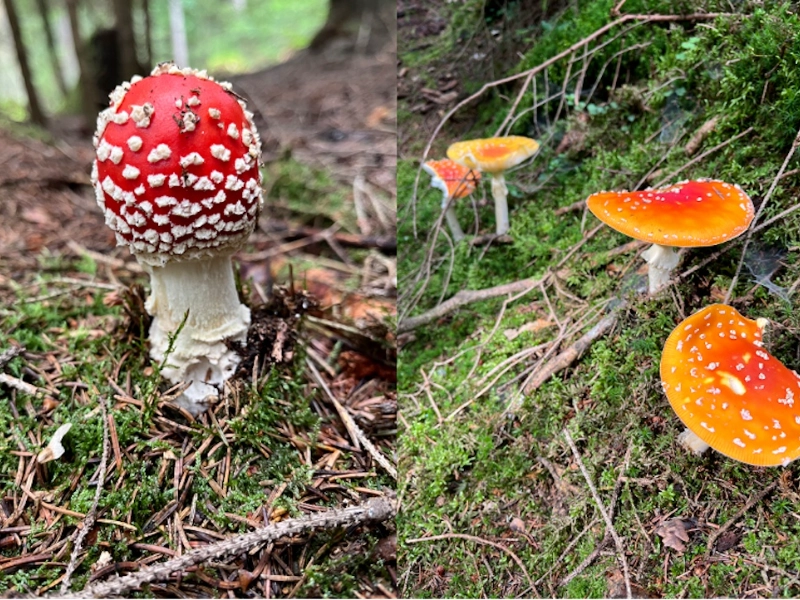6. The Fungal Influence on Early Plant Evolution

Among the most important alliances in the history of life on Earth is the co-evolution of fungus and plants. Beginning more than 400 million years ago, this ancient relationship was crucial for the colonisation of land by plants and the later development of terrestrial species.
Early land plants found many difficulties moving from aquatic to terrestrial habitats. They had to create systems to sustain their own weight against gravity, help absorb nutrients and water from the ground, guard against desiccation and UV radiation. Overcoming these obstacles proven to be the great value of the cooperation with fungus.
Development of mycorrhizal connections was the most important fungal influence on early plant evolution. Fungal hyphae in these symbiotic interactions efficiently extend the root system of the plant, therefore enhancing its capacity to take nutrients and water from the ground. Early plants, which had not yet developed sophisticated root systems of their own, particularly needed this.
Certain of the first plant fossils show evidence of these ancient mycorrhizal relationships. Beautifully preserved early land plant fossils with obvious traces of fungal connections in their underground organs abound at the Rhynie chert, a fossil site in Scotland spanning the Early Devonian period (approximately 410 million years).
Mycorrhizal fungus helped plants colonise and flourish in a greater variety of environments. Increased plant evolution and diversification followed from this enlarged distribution. The higher nutritional absorption made possible by fungus let plants grow bigger and create more intricate structures, including the vascular tissues required to move water and nutrients all around the plant body.
Additionally important for plant reproduction and distribution were fungi. Like certain current plants, some early plants might have depended on animals for seed distribution; others might have used fungus to help distribute their spores. Plants might have colonised new territory more quickly via this fungal-assisted dispersal.
Moreover, in early terrestrial environments, the cycle of nutrients depended critically on the breakdown activities of fungus. Fungi released nutrients by breaking down dead plant matter, therefore improving the conditions for next generations of plants. The rich, organic soils that define many contemporary terrestrial ecosystems owe their development to this process.
Beyond simple symbiotic interactions, fungi have shaped plant evolution. Fungi in the soil generated selection pressures that pushed plant defence mechanisms towards change. Plants evolved several chemical and physical defences against fungal pathogens, which resulted in the great variety of plant secondary metabolites observed today.
Advertisement
Recommended Reading: 10 Dog Breeds That Require Extra Caution and Training
You are viewing page 6 of this article. Please continue to page 7



























Comments
Leave a Comment
Your email address will not be published. Required fields are marked *